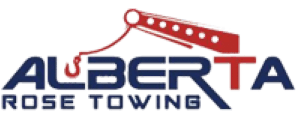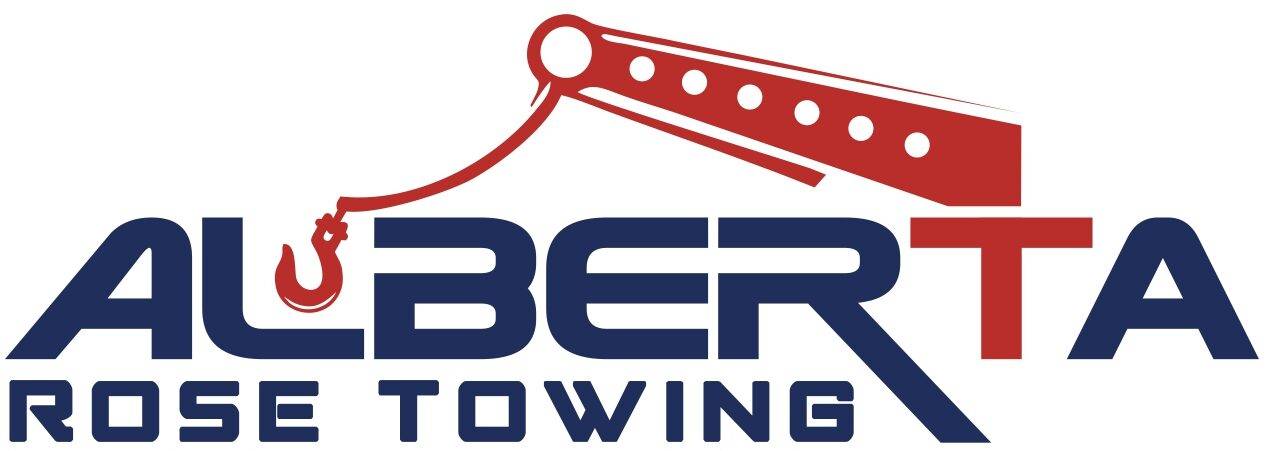Towing refers to the process of pulling or transporting a vehicle, trailer, or other item using another motorized vehicle. Towing may be done for a number of purposes, such as relocating a car that has broken down, hauling a boat or trailer, or moving heavy equipment. Here is an enlarged version of the concept for a Wikipedia page about towing that includes the equipment required, preparation for towing, towing safety, and upcoming advances in towing technology.
Equipment Needed for Towing
Towing equipment comprises a tow vehicle, hitch, safety chains, trailer lights connection, and extra equipment such as straps, cables, brake controllers, and stabilizers, depending on what is being towed. It is necessary to pick a vehicle that can adequately tow the weight of the item and to verify the towing capability of the particular vehicle to ensure it is capable of managing the weight of the trailer. There are numerous sorts of hitches, including receiver hitch, bumper hitch, gooseneck hitch, and fifth wheel hitch, each having particular purposes. Safety chains are used as a backup in case the hitch connection breaks and the trailer lighting connector powers the lights on the trailer.
When preparing for towing, it is crucial to have the necessary equipment to guarantee a safe and effective voyage. Here are some crucial towing components to consider:
1. Trailer hitch: A trailer hitch is the principal link between the tow vehicle and the trailer. It is the structural component that bolts onto the vehicle and offers a connection point to link up a trailer.
2. Ball mount: A ball mount is a mechanism that links the tow vehicle hitch/receiver to the trailer’s coupler.
3. Trailer ball: A trailer ball is a ball-shaped device that links the ball mount and the trailers coupler.
4. Hitch pin: A hitch pin is a metal pin that attaches the ball mount to the receiver.
5. Trailer coupler: A trailer coupler is a mechanism affixed to the trailer tongue that connects to the ball mount.
6. Safety chains: Safety chains are utilized as a backup in case the trailer gets removed from the hitch. They should be crossed under the trailer tongue and fastened to the tow vehicle.
7. Trailer wiring harness: A trailer wiring harness is used to link the trailers lights and brakes to the tow vehicle.
8. Tow vehicle: The tow vehicle is the vehicle that will be executing the towing.
9. Trailer: The trailer is the thing being towed.
By ensuring that you have the necessary equipment, you can assist in guaranteeing a safe and effective towing experience.
Preparing for Towing
Properly fitting the tow vehicle and trailer is vital for safe towing. This involves installing the hitch, lights, straps, brake controllers, and other equipment. Loading the trailer correctly and distributing weight evenly is critical for optimal handling, and ensuring the tires on the tow vehicle and trailer are properly inflated is crucial. Lubricating wheel bearings on the trailer
may minimize overheating, and confirming that all equipment is in working condition, such as testing lights, straps, and brakes, is crucial. Securing the item being towed to avoid uncontrolled movement is also vital. You need professional towing driver to tow your vehicle who can ensure your safety and security.
Preparing for towing takes numerous procedures to guarantee a safe and effective voyage.
Here are some suggestions to consider before towing:
1. Know your vehicle limits: Review the towing capability of your unique car and confirm its capable of holding the weight of your trailer. Exceeding the maximum towing capacity might result in risky handling, poor braking performance, or catastrophic damage to the vehicles suspension, engine, and drivetrain.
2. Ensure suitable equipment: Make sure your trailer hitch is capable of holding your trailers loaded weight. Your hitch should be labelled with the maximum trailer and maximum tongue weights it can safely hold. Depending on the weight of your trailer, you should also follow your owner’s manuals guidelines for the usage of weight- carrying or weight-distributing hitches. Additionally, verify the speed rating on the tires for both your tow vehicle and trailer, and ensure you never exceed that speed while on the road.
3. do a safety check: Before each journey, do a safety inspection to verify that the hitch coupler is fastened, the pin connecting the ball mount to the receiver is intact, and safety chains are correctly connected. Also, ensure that spring bar hinges are tight with the safety clips in place (load equalization or weight distributing hitches) and that the electrical socket is correctly attached. Check the benefits of professional towing service.
4. Ensure correct weight distribution: correct weight distribution is vital to safe towing. Load your trailer so that 60% of the weight is in the front half of the trailer and 40% is in the rear half. Also, verify that the weight is uniformly distributed from side to side.
5. Take appropriate actions to safeguard oneself on the road: Keep an additional supply of fuel aboard in certified containers, with separate tanks for gasoline and diesel. Wear high-visibility apparel, such as a reflective vest, and utilize cones or flares to
alert other cars to your presence. Finally, make sure you have a first aid kit and a fire extinguisher on board.
By following these measures, you may ensure a safe and effective towing experience.
Towing Safety
Towing safety is of the greatest significance to avoid accidents and injuries. Tow truck drivers confront various risks while on the job, including the possibility of wrecks, injuries from road debris, and incidents involving their own equipment. To protect safety, tow truck drivers must comply with safety regulations issued by OSHA, DOT, or other regulating agencies. Proper staff training, including road tests and tow truck safety programs, may assist in guaranteeing drivers are well-versed in safety requirements. Equipment for tow truck driver safety should emphasize visibility and functionality. Before each journey, drivers should complete a safety check to verify that the hitch coupler is fastened, the pin attaching the ball mount to the receiver is intact, and safety chains are correctly connected. The towing business should give basic and renewal safety training on vehicle loading and unloading, defensive strategies while exposed to traffic, and correct use of personal protective equipment.
Types of Towing Equipment
There are several kinds of towing equipment that are used for different reasons. Some of the most prevalent forms of towing equipment include:
1. Flatbed or Rollback Tow Truck: These trucks have a flat-topped empty bed that can be tilted or lowered to the ground to enable automobiles to be put onto it. They are typically utilized for transferring disabled automobiles or those that have been in accidents.
2. Hook and Chain Trucks: These trucks utilize chains to raise the front or rear of a vehicle off the ground and pull it behind the truck. They are commonly utilized for short distances or when the vehicle being towed is not in excellent condition.
3. Integrated Tow Trucks: These trucks feature a built-in tow platform and are typically used for towing big vehicles such as buses or RVs.
4. Wheel Lift Tow Trucks: These trucks employ a hydraulic lift to elevate the front or back of a car off the ground and tow it behind the truck. They are commonly utilized for short distances or when the vehicle being towed is not in excellent condition.
Conclusion
Towing is a widespread method for transporting automobiles, trailers, and other goods. Proper equipment, planning, and safety procedures are necessary for safe towing. Emerging advances in towing technology are making the sector more efficient, dependable, and secure. By following correct towing techniques and safety rules, drivers may ensure a safe and happy towing experience. It is crucial to be informed of the rules in your state and to comply with them to guarantee safe towing. Remember to keep within your limitations, load your trailer appropriately, check your tires, lights, and brakes, and be mindful of your surroundings.

